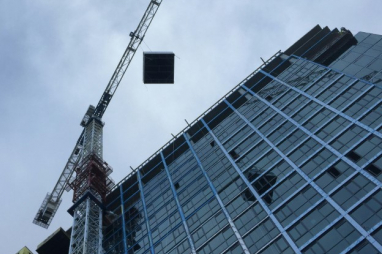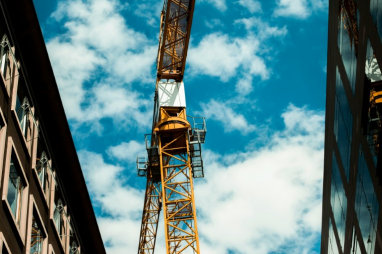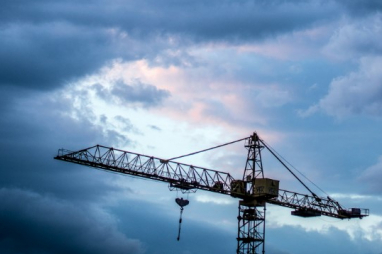- IetpShops , Air Match Jordan XIII Michael Finley Autographed Mavs PE - 106 Release Date + Where to Buy - Women's Air Jordan 1 Mid Surfaces in Lucky Green and Aquatone DZ4137
- Axel Arigato Men's Bird Tape Sneakers in Cremino, women and kids • Hanbags and accessories
- Украина #111961088 , Чоловічі кросівки adidas alphabounce сині з білим кросівки адідас альфабаунс чудової якості — цена 1435 грн в каталоге Кроссовки ✓ Купить женские вещи по доступной цене на Шафе , adidas Kortærmet T-Shirt Barricade
- Luxury Online Shop
- adidas ultraboost triple white , Украина #139909215 , Кроссовки высокие мужские зимние на меху adidas climaproof черные ботинки для мужчин зима — цена 2340 грн в каталоге Ботинки ✓ Купить мужские вещи по доступной цене на Шафе
- Travis Scott Air Jordan 1 High OG CD4487 100 Release Date Price
- 554725 113 air jordan 1 mid white black 2020 for sale
- Air Jordan 1 Satin Black Toe CD0461 016 2019 Release Date 4
- Air Jordan 1 Mid Bred 554724 074 2020 Release Date 4
- kids air jordan
- Home
- News and analysis
- Info hubs
- Events
- Video
- Case Studies
- About us
- Magazine
- Advertising
Produced for the industry by the Association for Consultancy and Engineering
News
Construction growth slows in October

Public sector and regional social infrastructure projects must continue to be at the forefront of government thinking to drive post-Covid economic recovery, according to industry leaders.
The calls came in response to the latest monthly PMI figures for October, which show a continued trend of growth in the construction sector - albeit at the slowest rate since the recovery began in June.
The monthly survey was carried out before the second national lockdown was announced, but the reduction in growth was signalled by a fall in the headline seasonally adjusted IHS Markit/CIPS UK Construction Total Activity Index to 53.1, down from 56.8 in September. The index has registered above the 50.0 no-change mark in each month since June.
House building was by far the best-performing area of construction activity in October (index at 62.4) and the speed of recovery eased only slightly since September. Higher levels of overall construction work also reflected another rise in commercial activity (index at 52.1), although the latest expansion was the weakest for five months. Meanwhile, civil engineering activity (index at 36.4) dropped for the third month running and the rate of decline accelerated to its fastest since May.
October data indicated a robust increase in new work received by construction companies. The latest improvement in new order books was the strongest since December 2015. Higher levels of new business were mostly attributed to the start of projects that had been delayed earlier in the pandemic and a continued upturn in demand for residential building work.
The rebound in construction activity after the shutdowns seen during the initial lockdown period continued to put pressure on supply chain capacity in October. This was signalled by another sharp lengthening of delivery times for construction products and materials, with the latest deterioration in supplier performance the steepest since June.
Meanwhile, efforts to reduce overheads and ongoing economic uncertainty contributed to a further decline in staffing numbers across the construction sector. The rate of job shedding was nonetheless much slower than seen in the second quarter of 2020.
Looking ahead, construction companies reported optimism towards their prospects for the next 12 months, despite concerns about the wider economic outlook. Around 45% of the survey panel anticipate a rise in output during the year ahead, while only 14% forecast a reduction.
Tim Moore, economics director at IHS Markit, which compiles the survey, said: "The construction sector was a bright spot in an otherwise gloomy month for the UK economy during October. However, survey respondents commented on renewed economic uncertainty and concerns about the sustainability of the recovery as pent up demand begins to wane."
Hannah Vickers, chief executive of the Association for Consultancy and Engineering, said: “Obviously these figures have not been influenced by the recently announced English lockdown, but we were pleased to see that construction sites can remain open over the coming weeks and months. This should help absorb the economic impact of a second lockdown on our industry. Furthermore for our members and clients, like local authorities, this second lockdown actually creates an opportunity to plan ahead, build confidence in the forward pipeline and lay the foundations for wider economic recovery.”
Duncan Brock, group director at the Chartered Institute of Procurement & Supply, said: "The largest blot on the landscape was the number of redundancies and job shedding reported by construction firms, though builders remained relatively cheerful about the next 12 months. The strength of the pipeline of new work especially from a robust housing market means the sector is moving in the right direction and hopeful of getting through the winter unscathed."
Mark Robinson, Scape Group chief executive, said: “The construction industry remains the best-placed sector to drive economic recovery. As such, public sector projects must continue to be at the forefront of government thinking. With the full weight of government spending behind it, the construction industry stands ready to deliver transformational change across the public estate which will not only nurture the type of placemaking needed to stimulate the return of private capital but also the social cohesion for a better society on the other side of the pandemic.”
Max Jones, director in Lloyds Bank infrastructure and construction team, said: “Despite this month’s downturn in activity, contractors emerged from the first wave of the pandemic in better shape than many anticipated they would back in March. The lockdown starting today in England (5/11/20) will be another test for businesses up and down the country.
“Those in construction will be relieved they are able to continue operating and will hope that demand holds up as this will be key in fending off possible job losses. Many will be hoping for continued spending on smaller social infrastructure projects, such as hospital refurbishments or road repairs, to consolidate order books. In this unusual time, sensible contractors are refocusing their efforts on their core business to best ensure they, and their supply chains, can safely navigate the second national lockdown.”
Kate Kirby, partner in the construction and infrastructure practice at global legal business DWF, said: "The demand for new homes, regeneration and commercial property is still there, and if the sector can continue to overcome the challenges of Covid and Brexit, the future of construction looks cautiously positive in a post-pandemic world."
October’s PMI data was collected between 12-29 October 2020.





